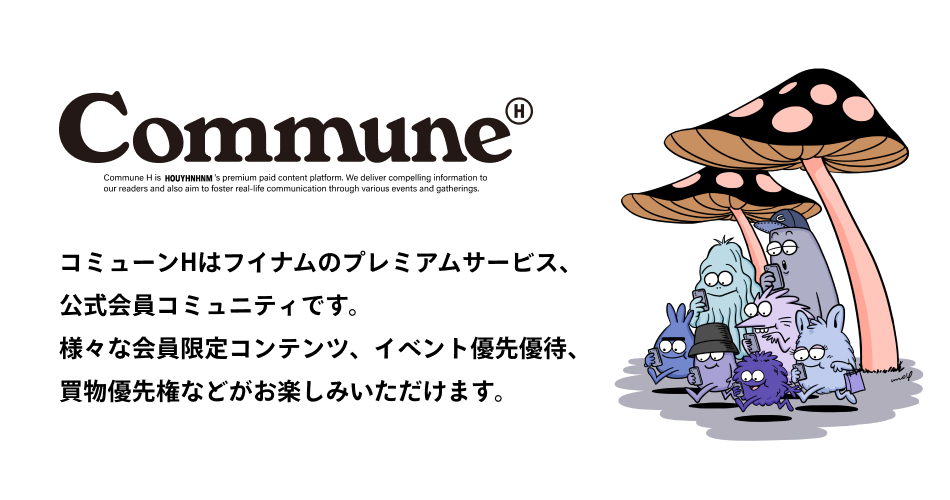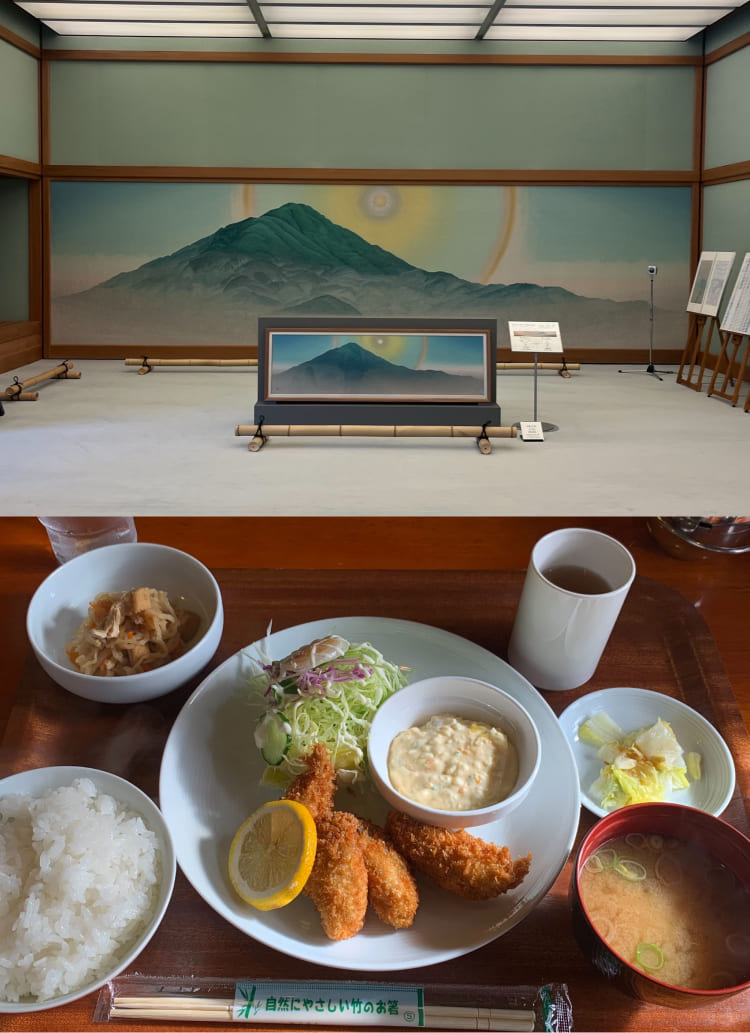The convenience of smartwatches has updated people's lives, but at the same time, their multifunctionality can be confusing to those who use them.
The NetherlandsTomTomThe TomTom Adventurer watch is a masterpiece of outdoor sports-focused functionality and endless comfort.
TomTom Adventurer 40,500+TAX
Tom Tom Adventure" is released as a high-end model for trail running, hiking, and snow sports.
It has features such as a heart rate monitor, barometer, compass, navigation mapping, and GPS tracking to determine the route from the starting point to the current point in real time, and a route display function to easily return to the starting point.
In Trail Run mode, information such as 3D distance, gradient, altitude, and accumulated elevation is tracked in real time. In addition, a new route exploration function for trails is included to support the challenge of new courses.
In hiking mode, the device offers a long battery life of more than 20 hours. For snow sports such as skiing and snowboarding, the lift auto-sensing function allows the user to see a summary of the descent in real time while on the lift, including the number of descents, maximum speed, accumulated descent, and slope each time the user skis or snowboards.
Here is an interview with Walter Hermsen, head of sports product management at TomTom.
How did the brand start?
Walter:TomTom was born 25 years ago as a software company. The company was particularly well known for its maps, but at the time, GPS technology was not yet available to determine current location, and due to capacity issues, a single device could only hold about the city of London. Then two things happened. First, the U.S. government opened up GPS to the public. The first was that the U.S. government opened up GPS technology used by the military to the general public. The second was that memory became more and more powerful, so that what was originally only London could now include the whole of the UK, Europe, and the entire world. This is how mapping technology developed. This led to GPS watches.
When you incorporate technology into a physical object, what kind of process do you use to construct the design?
Walter:For example, there are almost always two colors for car navigation systems: black or silver. Because those are the two colors that fit the interior of the car. Watches are different. As an item for personal branding, its jewelry-like aspect is as important as its function. So we worked with fashion consultants and design agencies to analyze material and color trends. Another important aspect is matching with the clothes people wear. Because people change their clothes frequently, we wanted to make it easy for them to change their watches. Our goal is to create a product that fits both suits and runs.
Runners have told us that TomTom watches are intuitive to use. How do you test your products?
Walter:Testing is done in as realistic an environment as possible. Some people would like to see more information on the screen, which is not impossible since the screen is relatively large. However, the key question is whether it is possible to read it while actually exercising. You cannot read small numbers while moving your body. The user interface should be as simple as possible. And we make sure that it is easy to navigate. We consider everything when creating a single product, and we choose not to do things that we could do, but dare not.
I am attracted to manufacturing that does not come first with technology, but rather works backward from the perspective of people's lives and actions.
Walter:Thank you very much. We are always looking for ways to make people want to move more and move more easily. It would be best if we could help people overcome barriers that inhibit active motivation. For example, being able to listen to music without having to carry a smartphone when running. We are looking at what context people actually have in their lives to be more active and healthy.
I thought it was an essential idea, distinct from the path of multifunctionalization that Japanese companies used to take.
Walter:For example, it may be easier to compare a cooking knife to an army knife. Both can be used for cooking, but if you ask which is better suited for cooking, the kitchen knife does its job better. The watch we make is a tool that serves a specific purpose exactly like a kitchen knife.
I feel the philosophy behind the elimination of functionality.
Walter:Or maybe it's more like a religion [laughs]. The adage, "Setting is evil." The adage often appears in our company, "You know this much. It's easy to say, "I think I can figure this out." But we are always cautious about complicating the product. It is not easy to choose the right balance, but there must always be a consistent philosophy.
Text_Taiyo Nagashima
TomTom
www.tomtom.com









